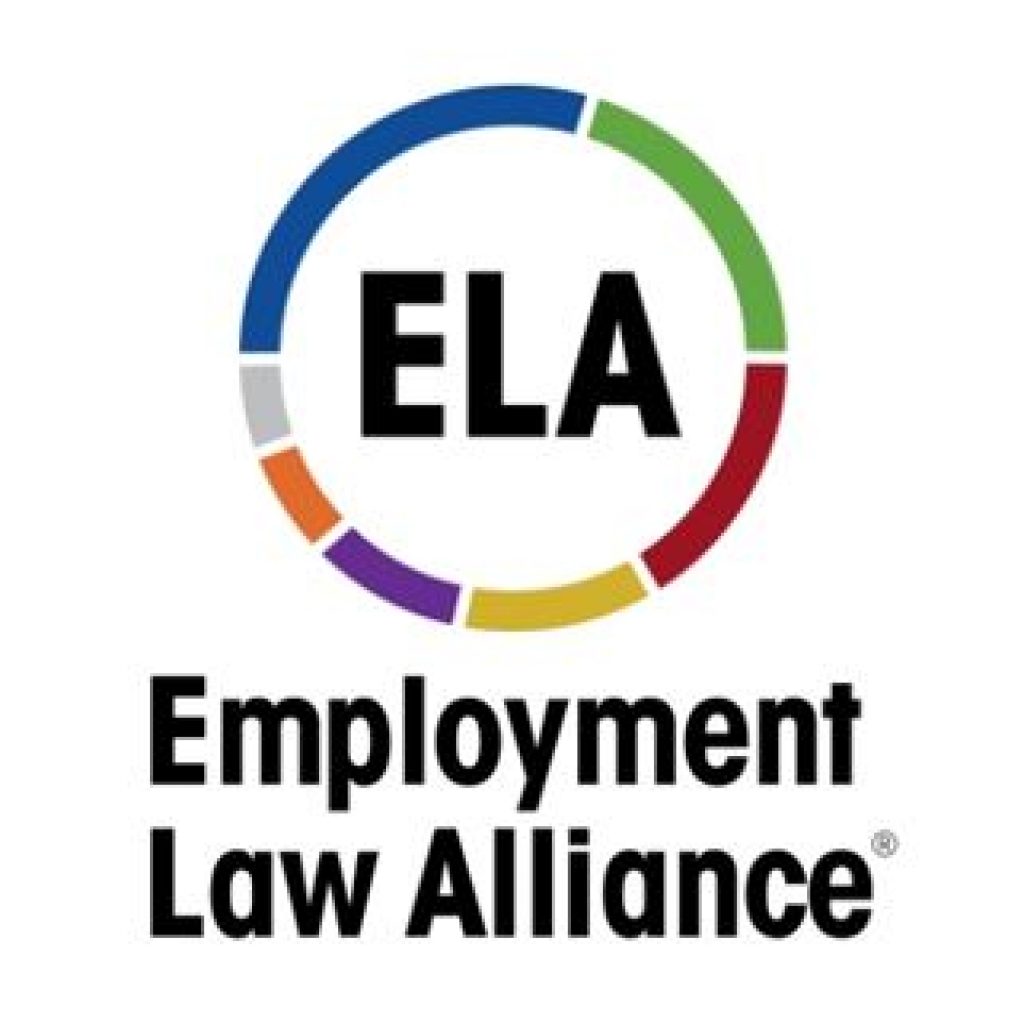What the EEOC’s “Equity Action Plan” May Mean for Employers
Only days after being sworn into office, President Biden signed Executive Order 13985, “Advancing Racial Equity and Support for Underserved Communities Through the Federal Government.” On April 14, 2022, the Equal Employment Opportunity Commission released its Equity Action Plan in accordance with that E.O., containing several items of interest or significance for employers.
The plan sets forth four general categories of action, but buried within the discussion of each are some interesting details:
- “Improving worker access to the EEOC’s charge filing process so that individuals in rural areas, with inflexible schedules or with limited digital resources can use EEOC services with greater ease.”
The EEOC will make it easier for workers to file charges, which may result in an increase in charge activity faced by employers. The EEOC will do this by, among other things: streamlining the process to shorten wait times for intake appointments; increasing staffing, including multilingual staffing, at its national call center; making its online intake forms and public portal available in Spanish and potentially other languages; and increasing the number of outreach events in rural areas.
- “Engaging with a broad range of employers, researchers, and worker and civil rights organizations to support diversity, equity, inclusion and accessibility.”
After gathering information from employers, employees and employee organizations, the EEOC will initially focus on highlighting efforts to increase equity in recruitment and hiring, with a later expansion to promoting DEIA in retention and representation in management. The EEOC’s initiative on the use of artificial intelligence and algorithms in making employment decisions will be a part of this, so employers should keep an eye on these new technologies.
- “Further developing the EEOC’s data collection and analysis to support effective enforcement and to empower individuals to exercise their civil rights.”
The EEOC will update its charge-related forms related to gender self-identification beyond the traditional male/female categories (which it also separately announced on March 31, 2022). It will also consider updating categories on the EEO-1 form, including further breakdowns on ethnicity, as well as potentially adding sexual orientation, gender identity, and disability status.
Of particular interest, employers may recall that, in September 2016, the EEOC issued a revised EEO-1 survey form that added the requirement for employers with 100 or more employees to provide aggregated data for the prior year on pay and hours worked, broken down into 12 pay bands across the 10 job categories, by racial, ethnic, and sex groups (Component 2). This latter requirement, which was subject to legal challenge, was in effect only for two years, and EEOC officials under the Trump administration questioned the utility of this data. However, the EEOC under the Biden administration announced that it was conducting an analysis of this data and, in the Equity Action Plan, states that it will formulate additional goals with respect to pay data after the analysis is completed. We further note that EEOC Commissioner Keith Sonderling has publicly stated that this Component 2 requirement will be resurrected. Any such effort will likely be met with a fresh round of litigation, however.
- “Continuing to improve access to EEOC’s resources for people whose primary language is not English as well as those who have limited digital or reading proficiency.”
This step will make the EEOC’s materials and services available to more people, which may also increase charge-filing activity. The EEOC intends to update its website to make the most important and popular materials available in other languages beyond just English and Spanish. It will also make its materials more accessible to low-literacy and disabled individuals through the use of alternative formats, including print and radio.







